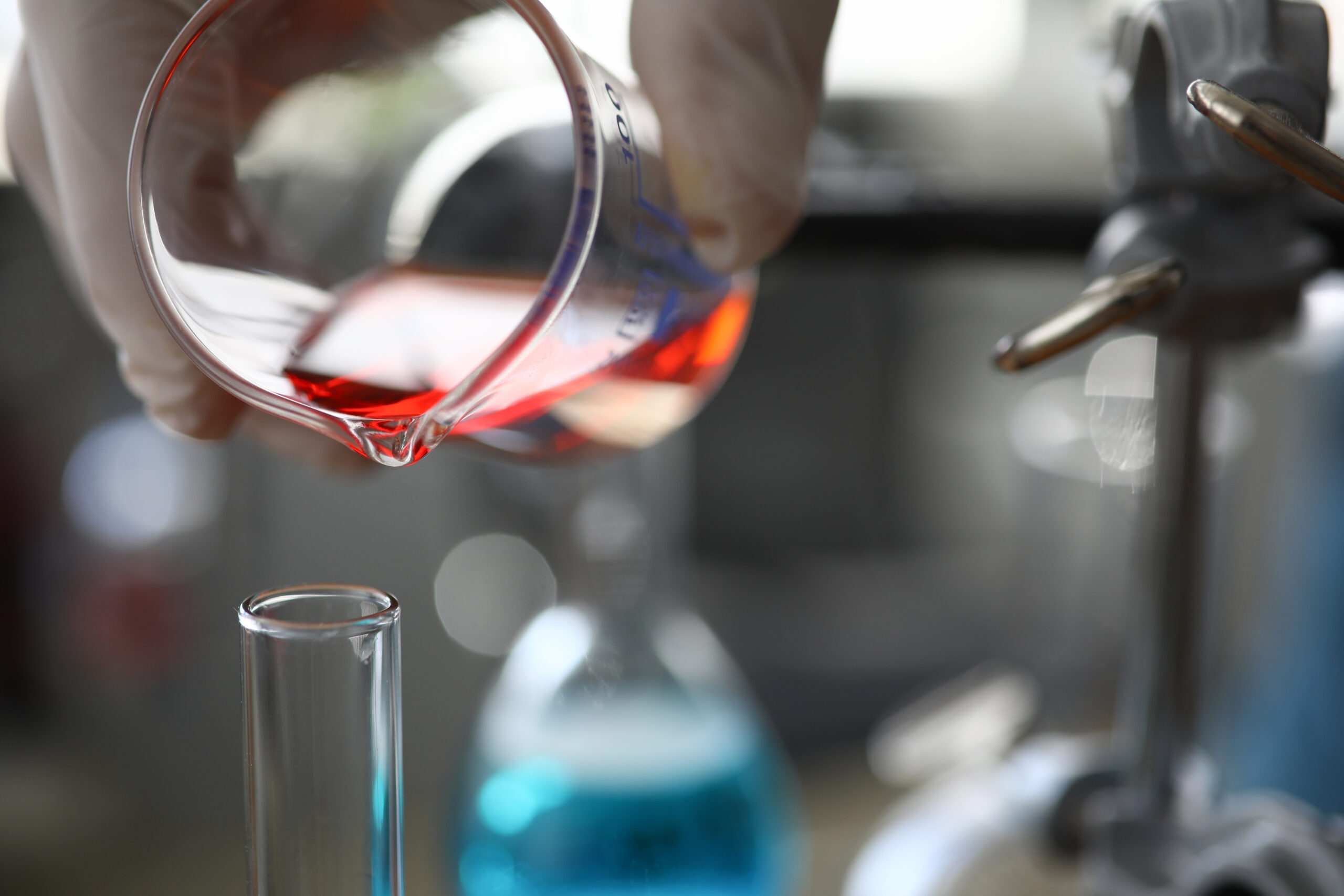Mixtures in Mixtures (MiMs) for PCN
Not all MiMs are the same, at least when it comes to the European Product Change Notification (PCN). I will explain what MiM is all about and how it is dealt with in the mixture classification according to the CLP Regulation.
Mixtures in their own mixture (MiMs)
Mixtures do not only occur when pure substances are added together. Often mixtures already exist, such as stock solutions, basic compositions or purchased mixture components. The consideration of what to do with these mixtures in one’s own mixture is not new.
For example, the classification calculation is simplyfied in the form of the transfer principle “dilution” (CLP Regulation, Annex I, 1.1.3.1). That is, if a mixture is diluted with another substance.
Apart from the transfer principles, many substance data are used for the classification calculation, especially for health and environmental hazards. MiMs are thus traced back to the proportions of the substances contained. The substance classifications are then the basis for the classification of the entire mixture.
If not all ingredients are known, for example because mixtures have been bought additionally, qualified decisions must be made on how to deal with the missing information in the classification.
Why MiM are treated differently for PCN / UFI
The PCNs are stricter than the requirements for safety data sheets (SDS) when it comes to specifying ingredients. A formulation is usually specified more precisely in a product notification than in the safety data sheet. If only the SDS data is available for a external component, something is missing.
This is where the UFI comes into play. The unique formulation identifier (UFI) can be used not only to determine exactly which formulation it is, but also to identify a specific PCN. This is because each UFI points precisely to a PCN formulation.
Consequently, when using mixtures for which only the information provided by a safety data sheet is available, manufacturers must additionally indicate the UFI of this MiM. If the UFI is not available, recourse to manufacturer information and further data is enough to be able to identify the mixture. This is particularly important in the transitional period until 2025. During this period, UFIs are not yet available for all mixtures concerned.
Conclusion: Not all MiMs are equal in the PCN
If there is a mixture in its own mixture and the ingredient information is not complete, these mixtures are reported as MiMs. Included is information on how the Poisons Information Centres can obtain the exact composition.
If the manufacturer has his own mixtures as master formulas in the finished product, these mixtures are calculated back to their known components and listed as individual substances in the PCN.
As is so often the case, practice is sometimes more complicated. For example, there are natural substances for which the exact composition varies. For this case, the European Chemicals Agency (ECHA) compiles guidance with recommended procedures.
Sources:
CLP Regulation, consolidated version, 14.11.2020
Guidance on harmonised information relating to emergency health response, version 4.0, ISBN: 978-92-9481-822-5
